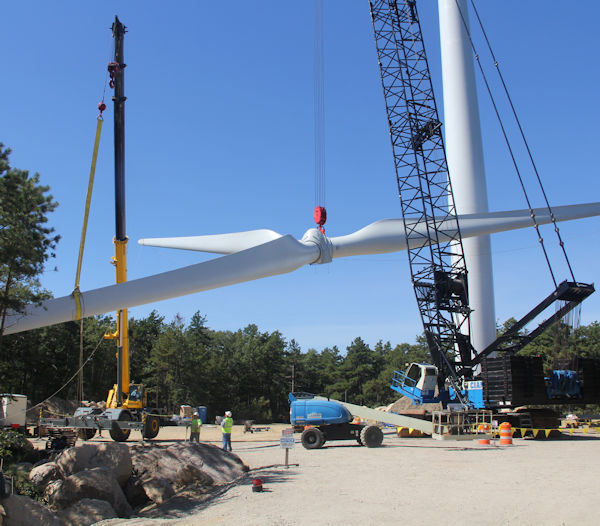Sling Safety
The dominant characteristics of a sling are determined by the components of that sling. For example, the strengths and weaknesses of a wire rope sling are essentially the same as the strengths and weaknesses of the wire rope of which it is made.
Slings are generally one of the following types:
- Chains: Chains are commonly used because of their strength and ability to adapt to the shape of the load. Care should be taken, however, when using alloy chain slings because sudden shocks will damage them. Misuse of chain slings could damage the sling, resulting in sling failure and possible injury to an employee.
- Wire Rope: A second type of sling is made of wire rope. Wire rope is composed of individual wires that have been twisted to form strands. Strands are then twisted to form a wire rope. When wire rope has a fiber core, it is usually more flexible but is less resistant to environmental damage. Conversely, a core that is made of a wire rope strand tends to have greater strength and is more resistant to heat damage.
- Metal Mesh: Metal mesh slings are widely used in metalworking and in other industries where loads are abrasive, hot, or will tend to cut web slings. Unlike nylon and wire rope slings, metal mesh slings resist abrasion and cutting. Metal mesh slings grip the load firmly without extensive stretching, easily maintaining balanced loads.
- Fiber Rope and Synthetic Web: Fiber rope and synthetic web slings are used primarily for temporary work, such as construction and painting jobs, and in marine operations. They also are the best choice for use on expensive loads, highly finished parts, fragile parts, and delicate equipment.
- Fiber Rope Slings: Fiber rope deteriorates on contact with acids and caustics. Fiber ropes slings, therefore, must not be used around these substances unless the manufacturer recommends them for that use.
- Synthetic Rope and Web Slings: The most commonly used synthetic web slings are made of nylon, polypropylene, and polyester. Because each synthetic material has unique properties, it should be used according to the manufacturer's instructions, especially when dealing with chemically active environments.
Knowledge Check Choose the best answer for the question.
3-8. Which of the following sling types is used because of its strength and ability to adapt to the shape of the load?
You forgot to answer the question!

